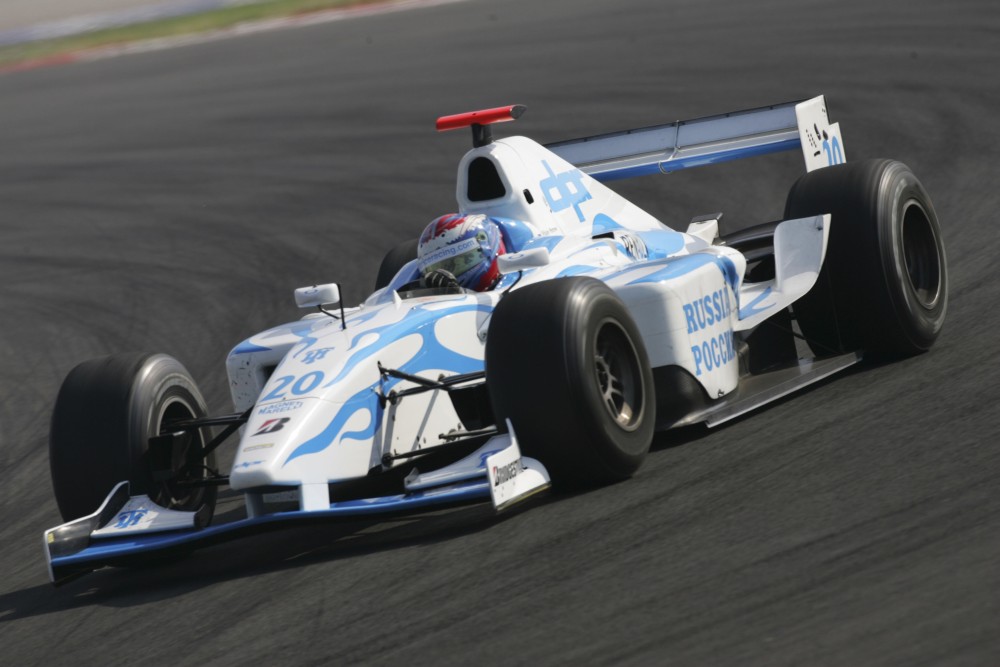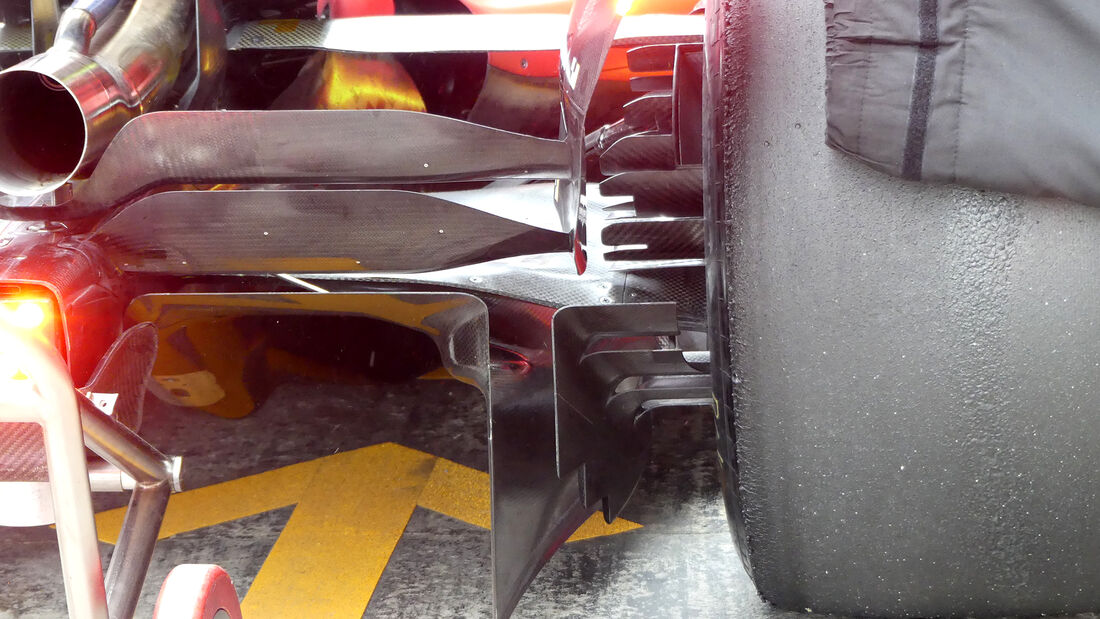Bit late to the party here, but I find the quote rather intriguing. F1 is now changing the rules to fix the porpoising issues, which is a weird thing to do if fixing it is such a non-issue, as Symonds seems to imply here.JordanMugen wrote: ↑12 Jun 2022, 18:47
Indeed, Pat Symonds has a clear view (from Racecar Engineering magazine):As Symonds says, the phenomenon can be mitigated within the existing regulations (by some good engineering), he even gives a clue, "the secret is to minimise the instability while keeping the performance".F1 and the FIA don’t change rules. Anyone who’s worked in sportscars or worked in Formula 1 for a long while knows the phenomena. It’s fixable within the framework of the rules and the technology allowed on the cars now. As it always has been, the secret is to minimise the instability while keeping the performance.
What bothers me more about it is that Symonds, who had years of windtunnel testing that wasn't limited by regulations, apparently didn't spot the phenomenon, or was completely oblivious to it. This same guy that didn't spot the porpoising in the years of testing is now pointing the finger at teams who literally were not allowed to simulate the occurrence(as they are not allowed to test at the required airspeeds, nor the frequency) and were all caught out as they ran their first laps in winter testing.
It would probably be less of an issue if teams could actually develop themselves out of it, but even this is an issue due to the limits placed on aero testing and funds.
They worked years on this ruleset, did huge amounts of windtunnel and CFD testing and yet somehow they were still completely unprepared to how teams would actually apply the ruleset, and they are now blaming the teams on flaws in their own ruleset.





